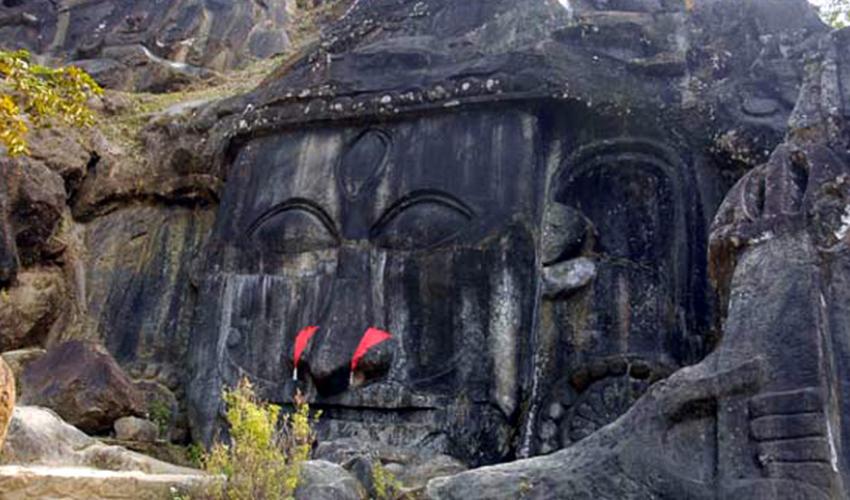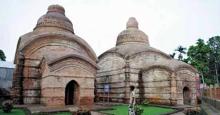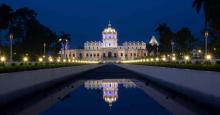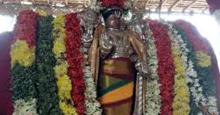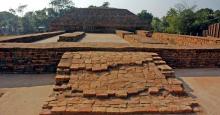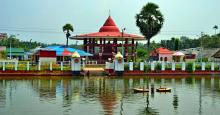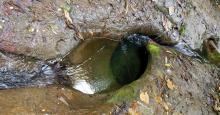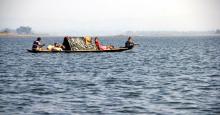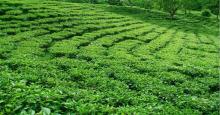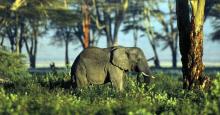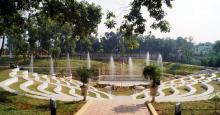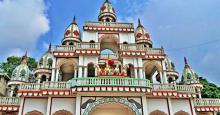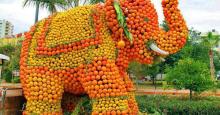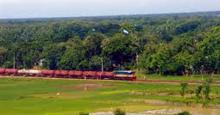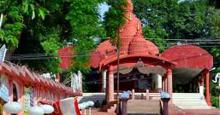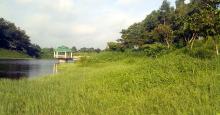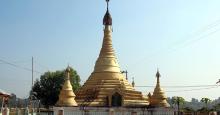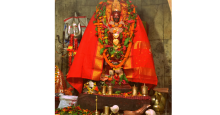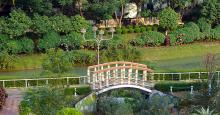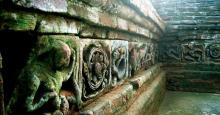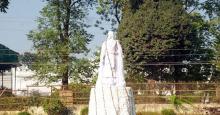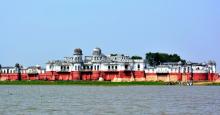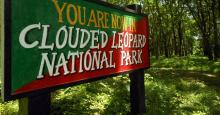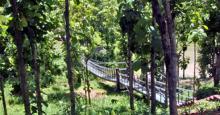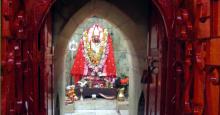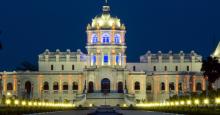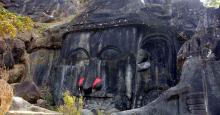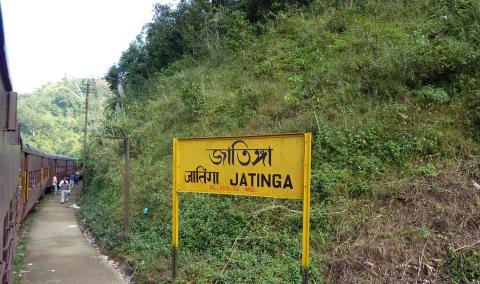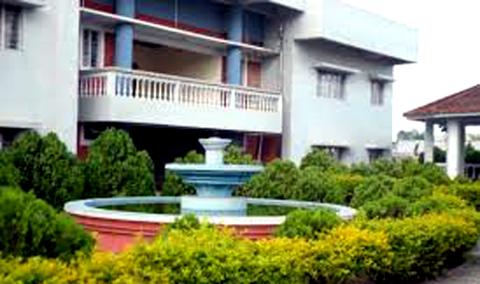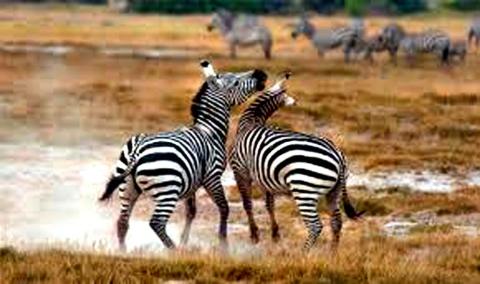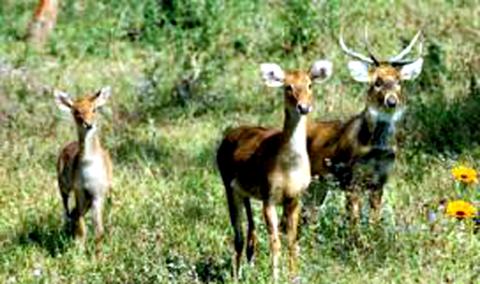Tripura a state in Northeast India. The third-smallest state in the country and is bordered by Bangladesh(East Bengal) to the north, south, and west, and the Indian states of Assam and Mizoram to the east. The Kokborok speaking Tripuri people are the major group among 19 tribes and many subtribes. The Bengali people form the ethno-linguistic majority in Tripura.
The area of modern Tripura was ruled for several centuries by the Tripuri dynasty. It was the independent princely state of the Tripuri Kingdom under the protectorate of the British Empire which was known as Hill Tippera while the area annexed and ruled directly by British India was known as Tippera District (present Comilla District). The independent Tripuri Kingdom (or Hill Tippera) joined the newly independent India in 1949.
Forests cover more than half of the state, in which bamboo and cane tracts are common. Tripura has the highest number of primate species found in any Indian state. Due to its geographical isolation, economic progress in the state is hindered. Poverty and unemployment continue to plague Tripura, which has a limited infrastructure. Most residents are involved in agriculture and allied activities, although the service sector is the largest contributor to the state's gross domestic product.
Flora and Fauna:
Like most of the Indian subcontinent, Tripura lies within the Indomalaya ecozone. According to the Biogeographic classification of India, the state is in the "North-East" biogeographic zone. In 2011 forests covered 57.73 per cent of the state. Tripura hosts three different types of ecosystems: mountain, forest and freshwater. Theevergreen forests on the hill slopes and the sandy river banks are dominated by species such as Dipterocarpus, Artocarpus, Amoora, Elaeocarpus, Syzygium and Eugenia. Two types of moist deciduous forests comprise majority of the vegetation: moist deciduous mixed forest and Sal (Shorea robusta)-predominant forest. The interspersion of bamboo and cane forests with deciduous and evergreen flora is a peculiarity of Tripura's vegetation. Grasslands and swamps are also present, particularly in the plains. Herbaceous plants, shrubs, and trees such as Albizia, Barringtonia, Lagerstroemia and Macaranga flourish in the swamps of Tripura. Shrubs and grasses include Schumannianthus dichotoma (shitalpati), Phragmites and Saccharum(sugarcane).
Tripura hosts 90 land mammal species from 65 genera and 10 orders, including such species as elephant (Elephas maximus), bear (Melursus ursinus), binturong (Arctictis binturong), wild dog (Cuon alpinus), porcupine (Artherurus assamensis), barking deer (Muntiacus muntjak), sambar (Cervus unicolor), wild boar (Sus scrofa), gaur (Bos gaurus), leopard (Panthera pardus), clouded leopard (Neofelis nebulosa), and many species of small cats and primates. Out of 15 free ranging primates of India, seven are found in Tripura; this is the highest number of primate species found in any Indian state. The wild buffalo (Bubalus arnee) is extinct now. There are nearly 300 species of birds in the state.
Wildlife sanctuaries of the state are Sipahijola, Gumti, Rowa and Trishna wildlife sanctuaries. National parks of the state are Clouded Leopard National Park andRajbari National Park. These protected areas cover a total of 566.93 km2 (218.89 sq mi). Gumti is also an Important Bird Area. In winter, thousands of migratory waterfowl throng Gumti and Rudrasagar lakes.
Weather & Rainfall
The State of Tripura experiences Humid Sub-tropical type of climate.Relatively high temperature, occasional thunderstorms and wind velocities characterise the summer season, which extends from March end to mid May. The average maximum temperature is 34ºC and average minimum temperature is 15ºC. The annual minimum and maximum ambient temperatures recorded at Agartala Airport of the Tripura West District during 1994 are 15.9ºC and 33.4ºC respectively.
The state is a high rainfall zone with the incidence of very high concentration of rainfall (up to 450 mm per day) in the monsoon season, which lasts from June to September. The average annual rainfall in the state is 2024.4 mm (50 years average). Maximum rainfall is generally received in the months of July to September. Intermittent rainfall is received round the year, but the pattern of rainfall throughout the year is not homogenous.

